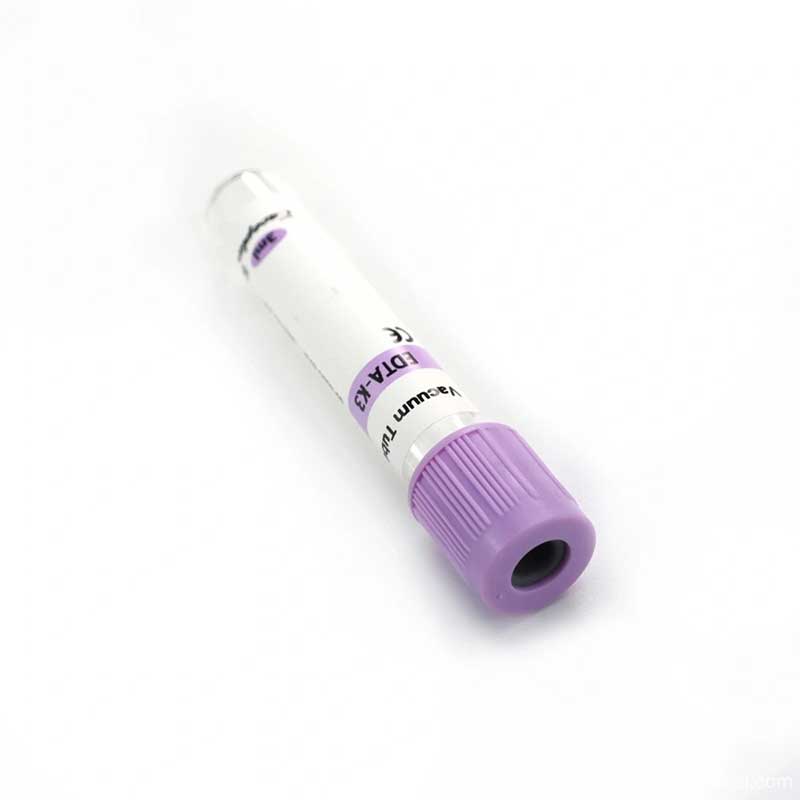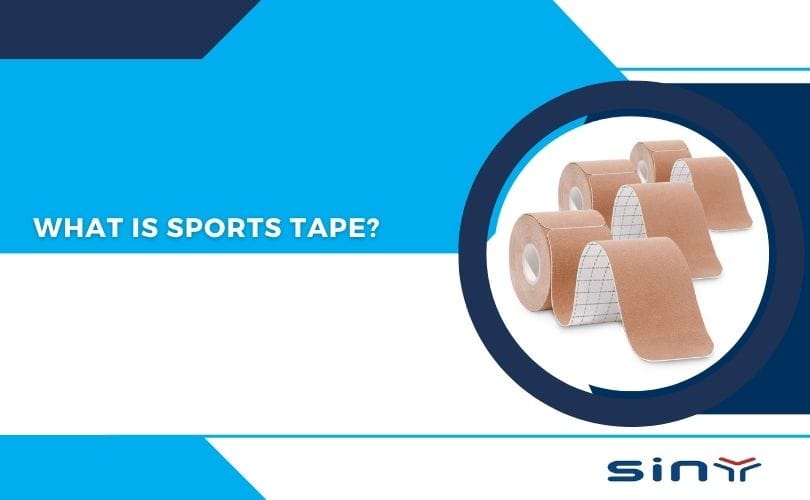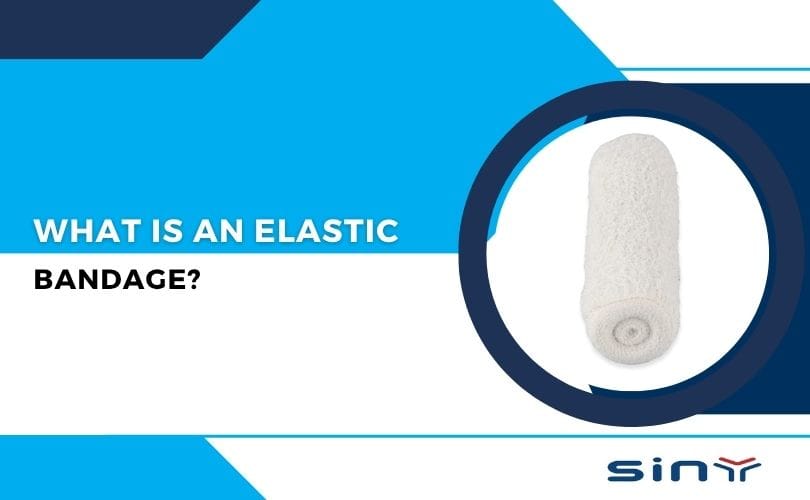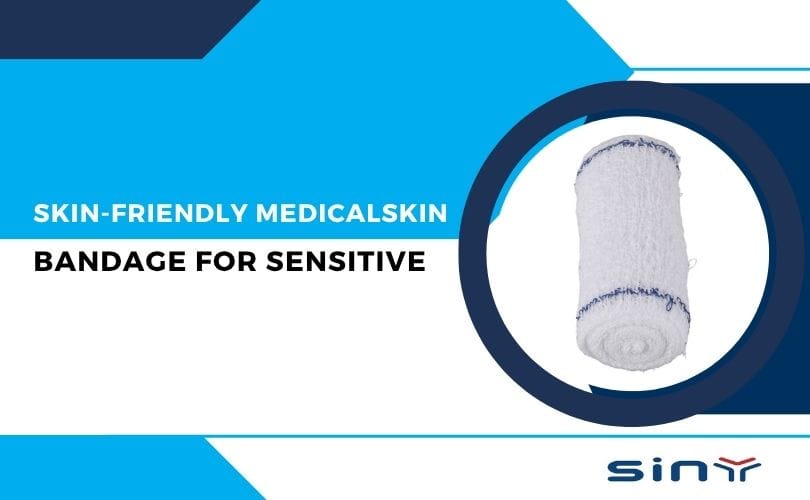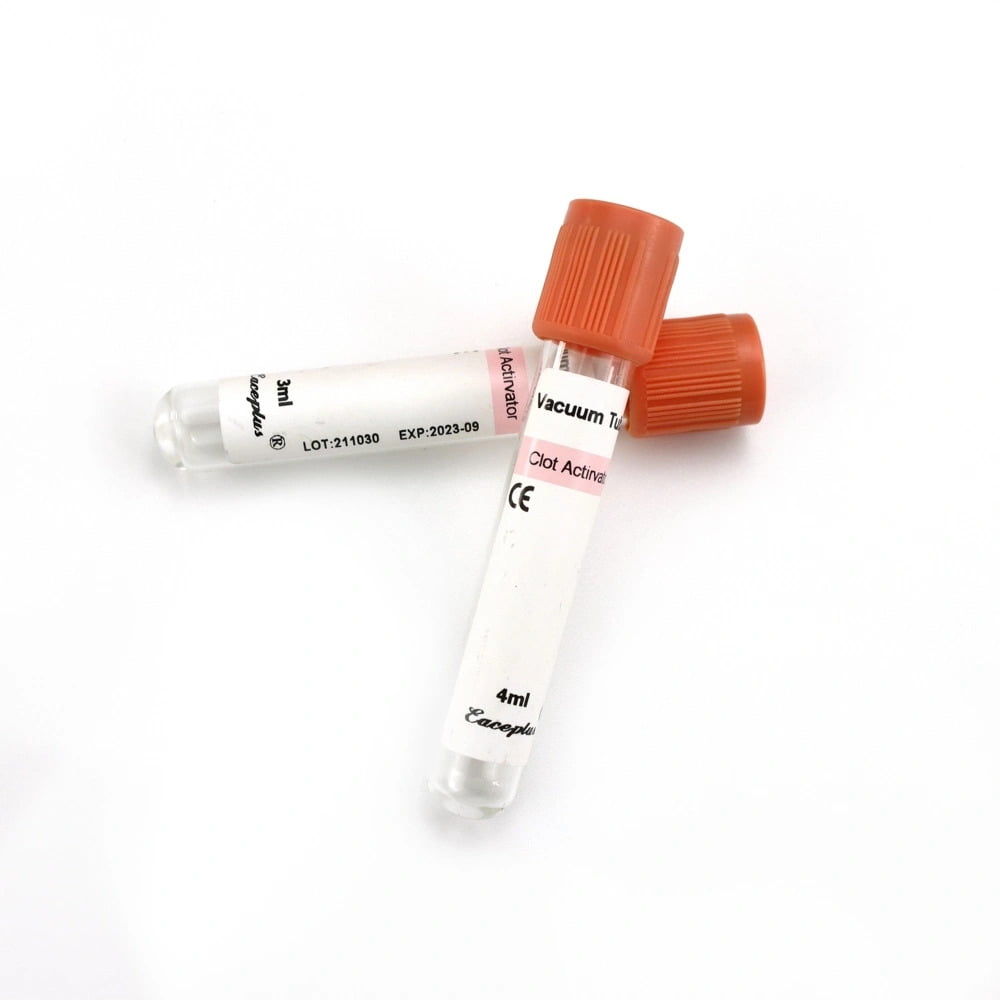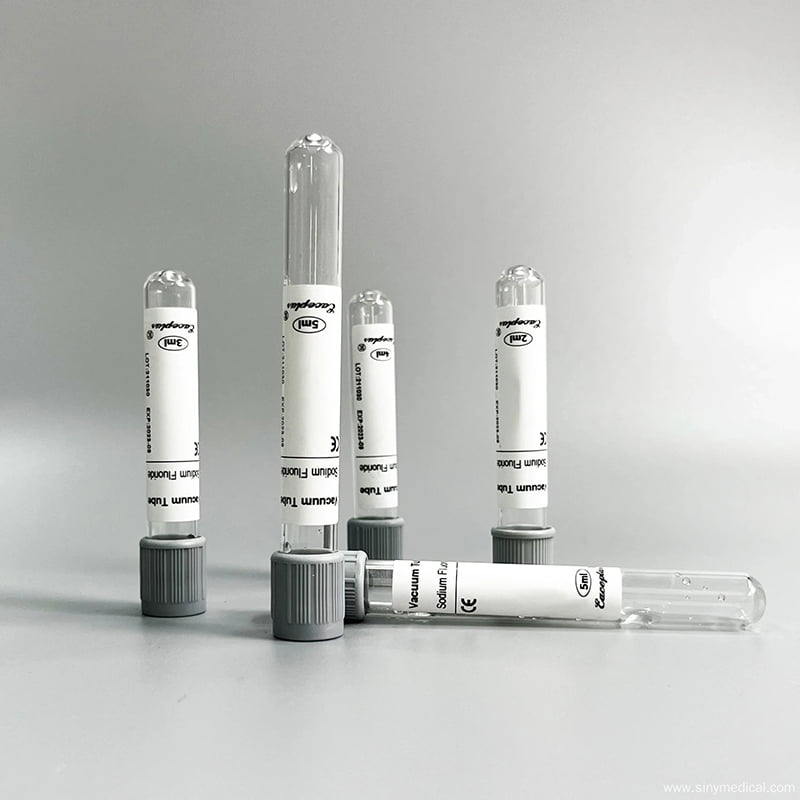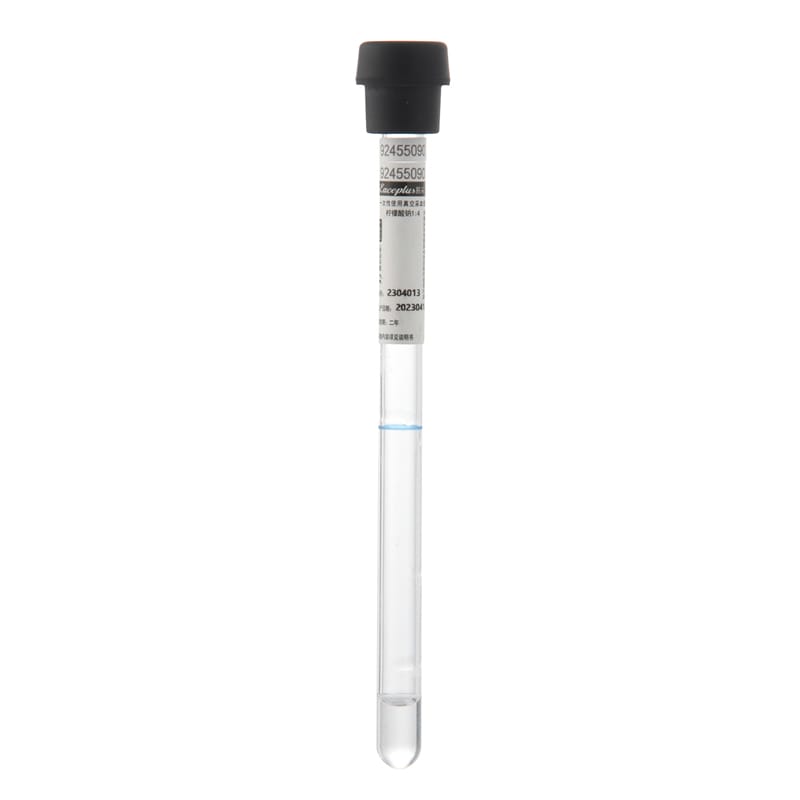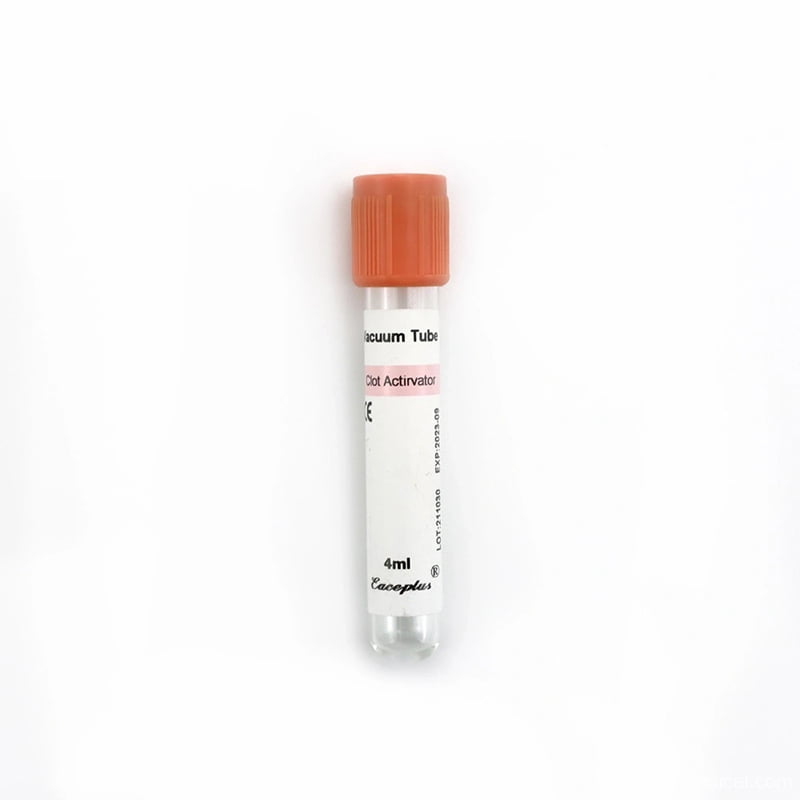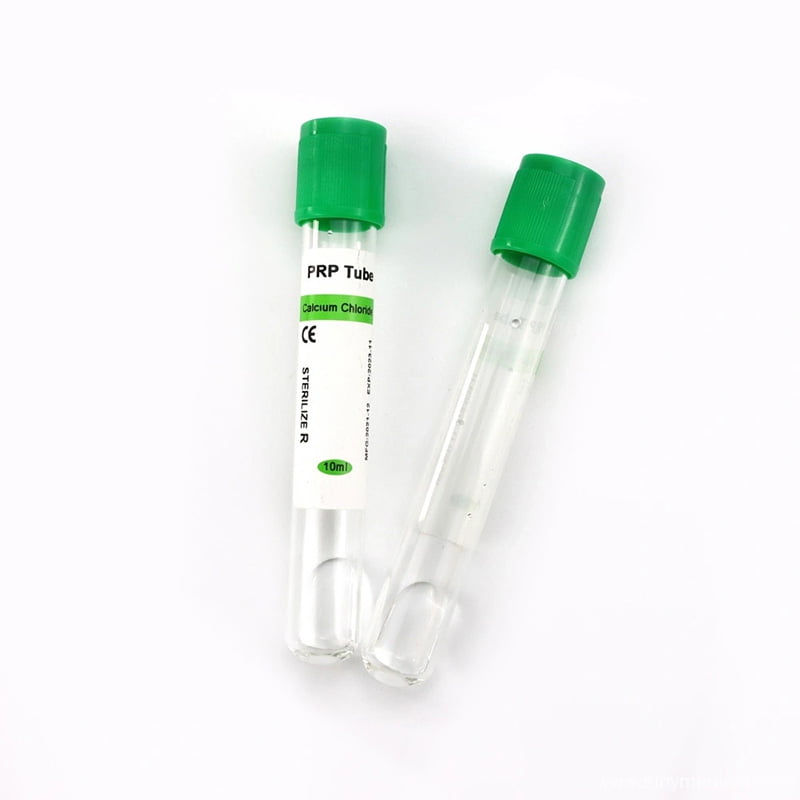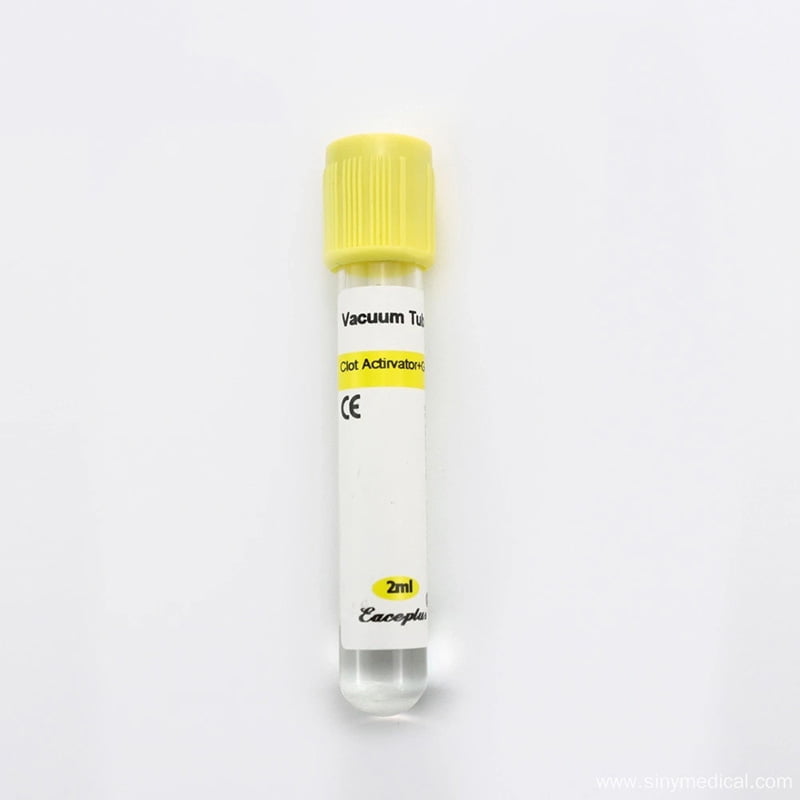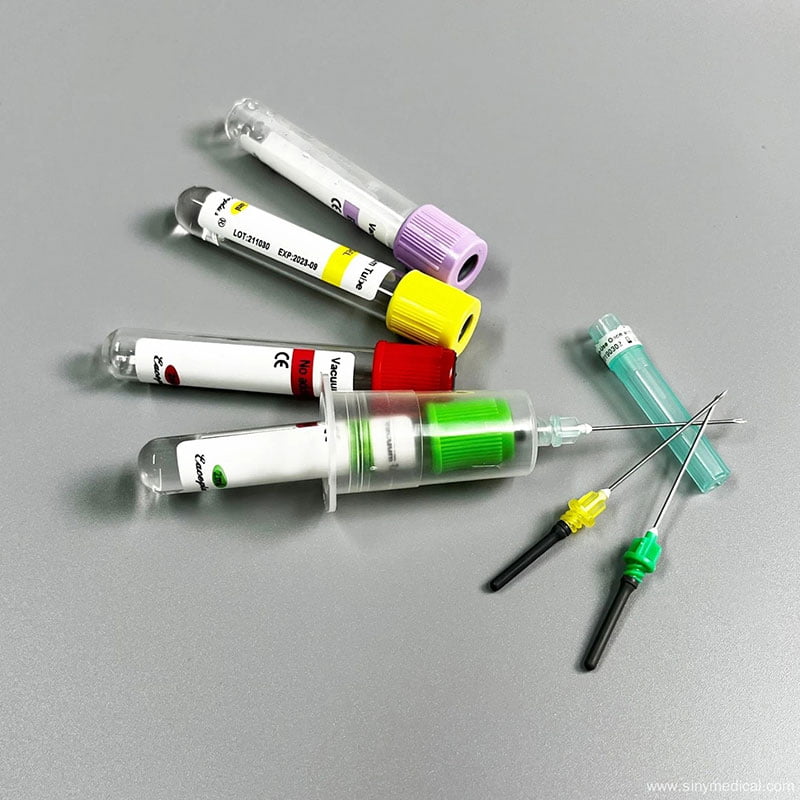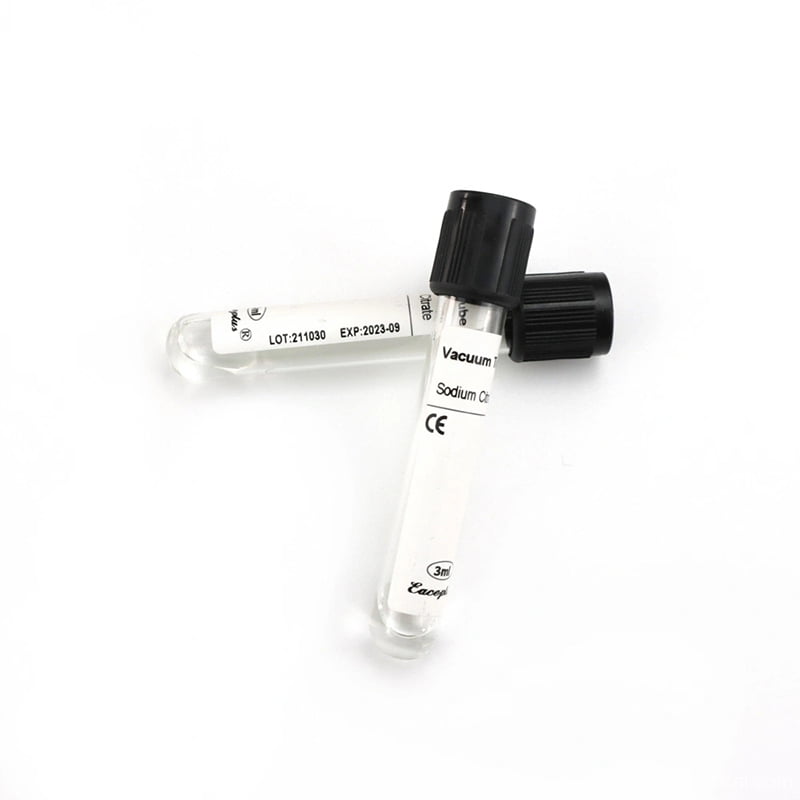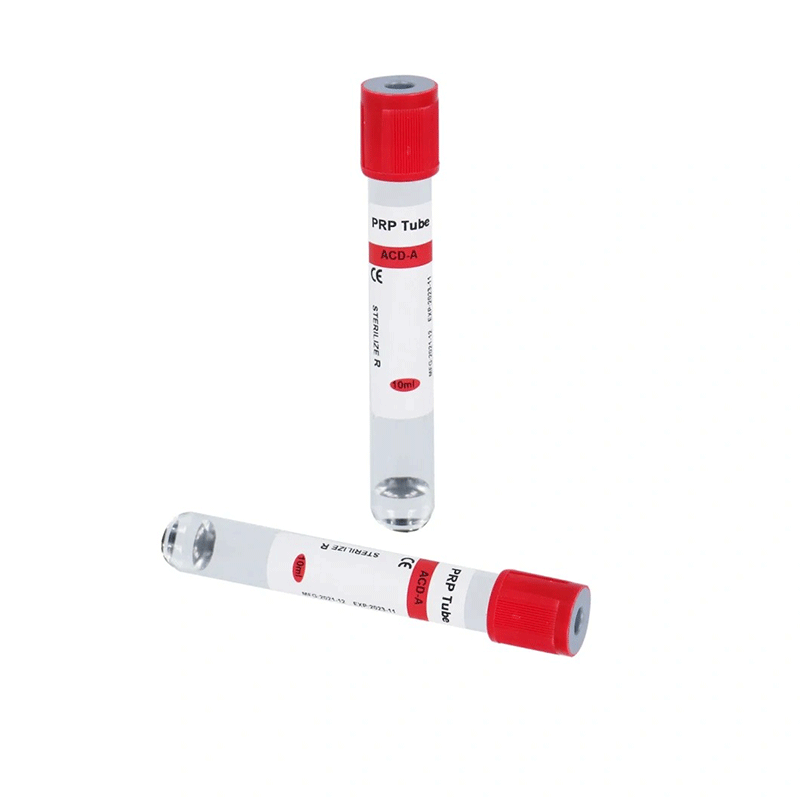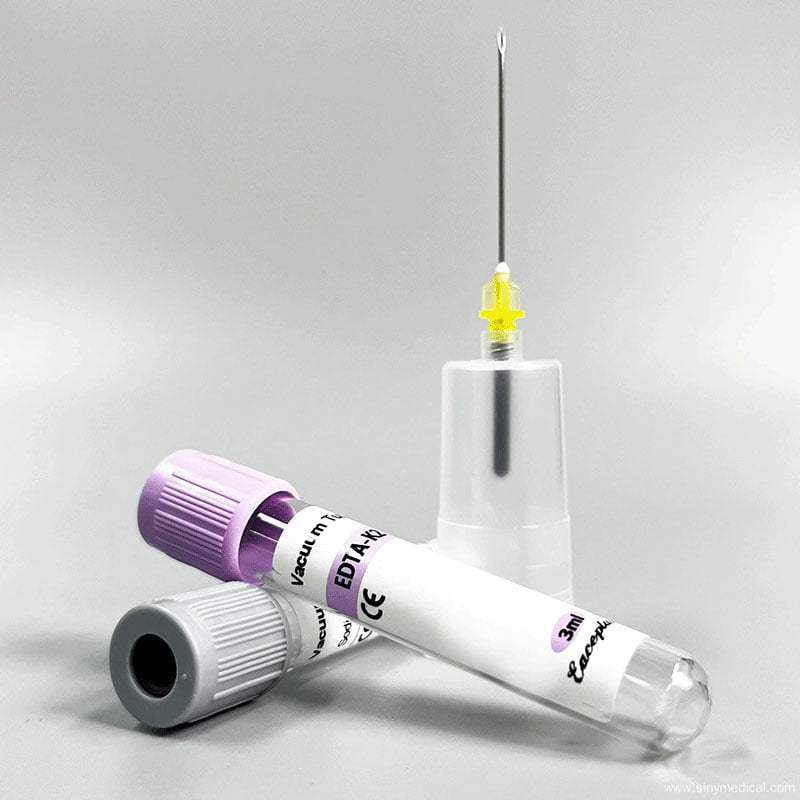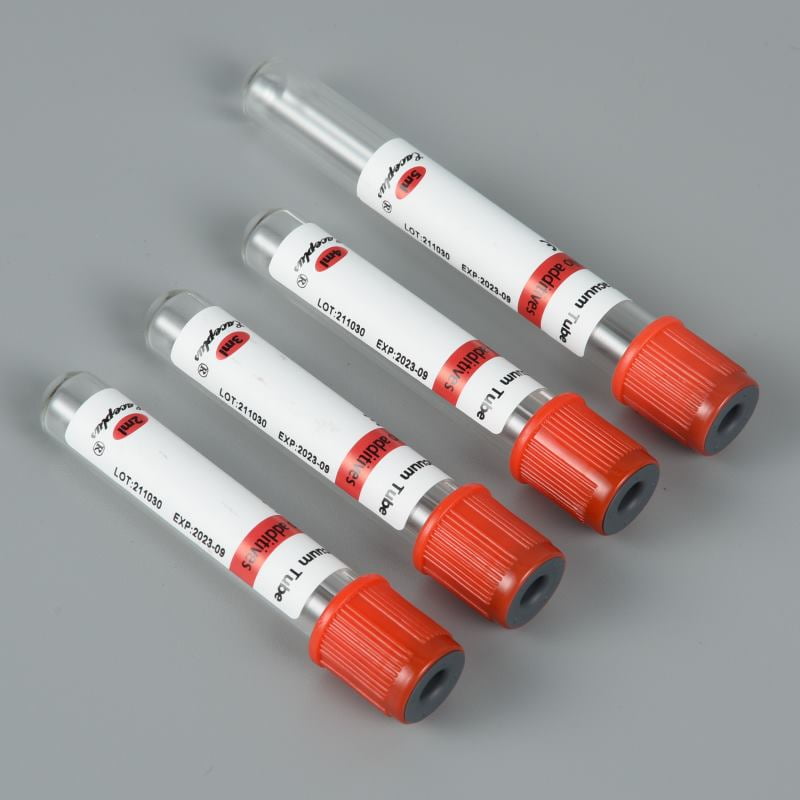Elastic bandages, also known as compression bandages, ACE wraps, or elastic wraps, are versatile medical tools designed to provide adjustable compression, support, and stabilization to injured or vulnerable body parts. They are widely used in medical, sports, and home-care environments to manage injuries, reduce swelling, secure dressings, and aid in rehabilitation. This comprehensive guide explores the various uses of elastic bandages, how to choose the right one, proper application techniques, and the importance of selecting a reliable supplier.
Table of Contents
- 0.1 What Are Elastic Bandages Used For?
- 0.2 Elastic Bandages in Injury Management
- 0.3 Practical Home-Care Applications
- 1 Types of Elastic Bandages (Detailed Comparison)
- 2 FAQs
What Are Elastic Bandages Used For?
Elastic Bandages—often called compression wraps, elastic wraps, or ACE-type bandages—are stretchable, medical-grade bandages designed to provide adjustable compression and support to injured, swollen, or vulnerable body parts.

Their flexible design allows controlled pressure, helping stabilize soft tissues, reduce swelling, secure dressings, and support recovery. Because of their convenience and versatility, they are used in nearly every medical and sports environment.
Below are the primary real-world uses, explained in detail.
Elastic Bandages in Injury Management
When injuries like sprains or strains occur, soft tissues—ligaments, muscles, and tendons—swelling increases rapidly due to fluid accumulation. Elastic Bandages play a crucial role in controlling this swelling.
Elastic Bandages are used for:
acute sprains, muscle strains, joint stabilization, early-phase injury care, and short-term support.
Why? Because controlled compression limits fluid buildup, reduces bruising, and supports the injured area without immobilizing it completely.
Healthcare providers often combine elastic wrapping with the R.I.C.E. protocol (Rest, Ice, Compression, Elevation) during the first 24–72 hours of an injury.
To explore different bandage types used for similar injuries, visit:
Medical Bandage Supplier – Siny Medical
Medical Bandage Product Category
Elastic Bandages for Swelling Reduction & Edema Control
Edema, whether trauma-related or post-surgical, requires proper compression to improve venous return and lymphatic flow. Elastic Bandages help gently push excess fluid back toward circulation.
They are commonly used for:
post-operative swelling, lymphedema, leg edema, venous insufficiency, and localized inflammation.
Correct stretch percentage, elasticity, and tension are critical in managing edema safely.
For more education, read: What Is a Medical Bandage?
Athletic Use: Joint Support & Injury Prevention
Athletes rely on Elastic Bandages as preventive support tools to stabilize joints during training or after recent injuries. They help maintain mobility while reducing the chance of re-injury.
Common applications include:
ankle support, knee wrapping, wrist compression, calf and hamstring stability.
Athletic elastic wraps often have high elasticity and excellent recovery so they won’t loosen during movement—qualities found in advanced products like: High Elastic First Aid Bandage
Securing Medical Dressings, Pads & Splints
Elastic bandages are frequently used to hold dressing materials in place—especially when adhesives cannot be used (elderly skin, burns, allergies, or sensitive skin conditions).
They provide:
stable positioning, non-adhesive fixation, uniform pressure distribution, and quick rewrapping when needed.
This makes Elastic Bandages ideal for wound care professionals and home-care providers.
Post-Surgical Support
For many post-operative cases, surgeons recommend compression bandaging to prevent fluid buildup, stabilize the surgical site, and reduce pain.
Elastic Bandages assist in recovery after:
orthopedic surgery, cosmetic surgery, soft tissue reconstruction, varicose vein procedures, and joint operations.
These uses often require medical-grade bandages with certifications—another reason why sourcing from a reliable manufacturer matters.
To source surgical-related medical supplies, visit: Surgical Suture Category
Practical Home-Care Applications
In everyday life, Elastic Bandages come in handy more often than we think. They are used for:
minor sprains, bruises, compression during travel, support during household activities, securing ice packs, and temporary stabilization.
Elastic Bandages are reusable, washable, and extremely cost-effective—making them a staple in every home’s first-aid kit.
Types of Elastic Bandages (Detailed Comparison)
Not all Elastic Bandages serve the same purpose. Below is a simplified explanation of the most commonly used types.
High Elastic Bandages
These offer excellent stretch, soft feel, and suitable compression for general injuries.
Used for:
sports injuries, sprains, strains, general swelling, and joint support.
Check the product: High Elastic Bandage – Siny Medical
(Self-Adhesive) Elastic Bandages
These bandages stick to themselves—not the skin—making them ideal for quick application.
Best for:
athletes, pets, sensitive skin, quick emergency wrapping.
Learn more here: How to Use Self-Adhesive Elastic Bandage
Crepe Elastic Bandages
Known for firm, comfortable compression and used widely in everyday medical care.
Latex and Latex-Free Elastic Bandages
Latex-free bandages are crucial for people with allergies and sensitive skin.
How to Choose the Best Elastic Bandage
Selecting a quality elastic bandage is essential for both safety and performance. When buying in bulk—especially for hospitals, clinics, or medical supply distributors—reliability matters.
Here’s what buyers should look for:
Material Quality
High-grade cotton, polyester blends, and latex-free fibers enhance breathability, durability, and patient comfort.
Elasticity & Recovery
Good Elastic Bandages maintain consistent stretch and don’t loosen easily. Product datasheets should list:
elongation %, recovery %, and fabric density.
Length & Width Options
Different body parts require different widths:
5cm for wrists, 7.5cm for ankles, 10cm for knees, 15cm for thighs.
Fastening Method
Options include:
Velcro, metal clips, and self-adhesive cohesive finishes.
Durability & Washability
Reusable Elastic Bandages should withstand multiple washes without losing compression.
Regulatory Compliance
Top medical suppliers provide:
CE, ISO 13485, FDA, or equivalent certifications.
To purchase high-quality Elastic Bandages, visit:
👉 Medical Bandage Products
👉 Siny Medical – Reliable Global Manufacturer
How to Apply Elastic Bandages Safely (Step-by-Step)
Correct wrapping is essential. Incorrect application may cause numbness, skin discoloration, or restricted circulation.
Below are safe, clinically accepted methods.
Step 1: Prepare the Area
Clean the skin. Place any dressings or pads needed. Do not wrap over untreated wounds.
Step 2: Start Distal & Move Proximal
Begin wrapping away from the heart and move upward.
For example, wrap from the foot toward the ankle.
Step 3: Maintain Even Pressure
The wrap should feel firm but not too tight.
Look out for numbness, tingling, coldness, or color change.
Step 4: Use Figure-8 for Joints
This provides stability while allowing some movement.
Step 5: Monitor and Adjust
Check circulation every few hours. Do not sleep with overly tight bandages unless advised by medical professionals.
For visual demonstrations, visit:
👉 www.youtube.com/@sinymedical
Why Supplier Quality Matters?
Choosing the right supplier is as important as selecting the product itself. A dependable supplier ensures:
1. Consistent Product Quality:
Uniform elasticity, weave consistency, and reliable fasteners ensure safe, predictable performance.
2. Reliable Material Transparency:
Clear disclosures of materials reduce allergy risks and maintain product performance.
3. Regulatory Documentation:
Updated certifications support hospital compliance requirements and simplify audit processes.
4. Technical Support & Training:
A strong supplier provides samples, user guides, application instructions, and practical training support.
5. Stable Supply & Logistics:
Predictable lead times, manageable MOQs, and stable inventory ensure procurement operations run smoothly.
For trusted medical supplies, visit Siny Medical’s homepage.
Final Summary
Elastic bandages are essential tools in injury management, swelling control, rehabilitation, and daily clinical care. Their flexibility and adjustability make them suitable for a wide range of users—from hospitals and sports teams to home caregivers. However, the wide variety of products on the market means procurement decisions require careful evaluation of materials, elasticity, size, fastening systems, durability, and certifications.
A high-quality elastic bandage performs reliably, protects patient safety, and simplifies clinical workflows—while a poor-quality product can lead to discomfort, ineffective compression, or even injury. This is why choosing a trustworthy supplier with stable manufacturing, clear documentation, and consistent quality control is crucial. By combining informed product selection with proper application techniques, buyers can ensure both safety and long-term value.
FAQs
Q1: How long should I keep an Elastic Bandage on after a sprain?
Elastic Bandages are typically worn for 24–72 hours, with regular checks for comfort and circulation.
Q2: Are Elastic Bandages the same as compression stockings?
No. Elastic Bandages offer adjustable compression, while stockings provide fixed, graduated compression for chronic conditions.
Q3: Can Elastic Bandages cause harm?
Only if applied too tightly. Watch for numbness, tingling, swelling, or skin discoloration.
Q4: What’s the difference between cohesive wraps and traditional elastic bandages?
Cohesive wraps stick to themselves, while traditional bandages may use clips or Velcro.
Q5: How do I evaluate a supplier before purchasing?
Check: certifications, material transparency, product samples, supply chain stability, and elasticity performance.

